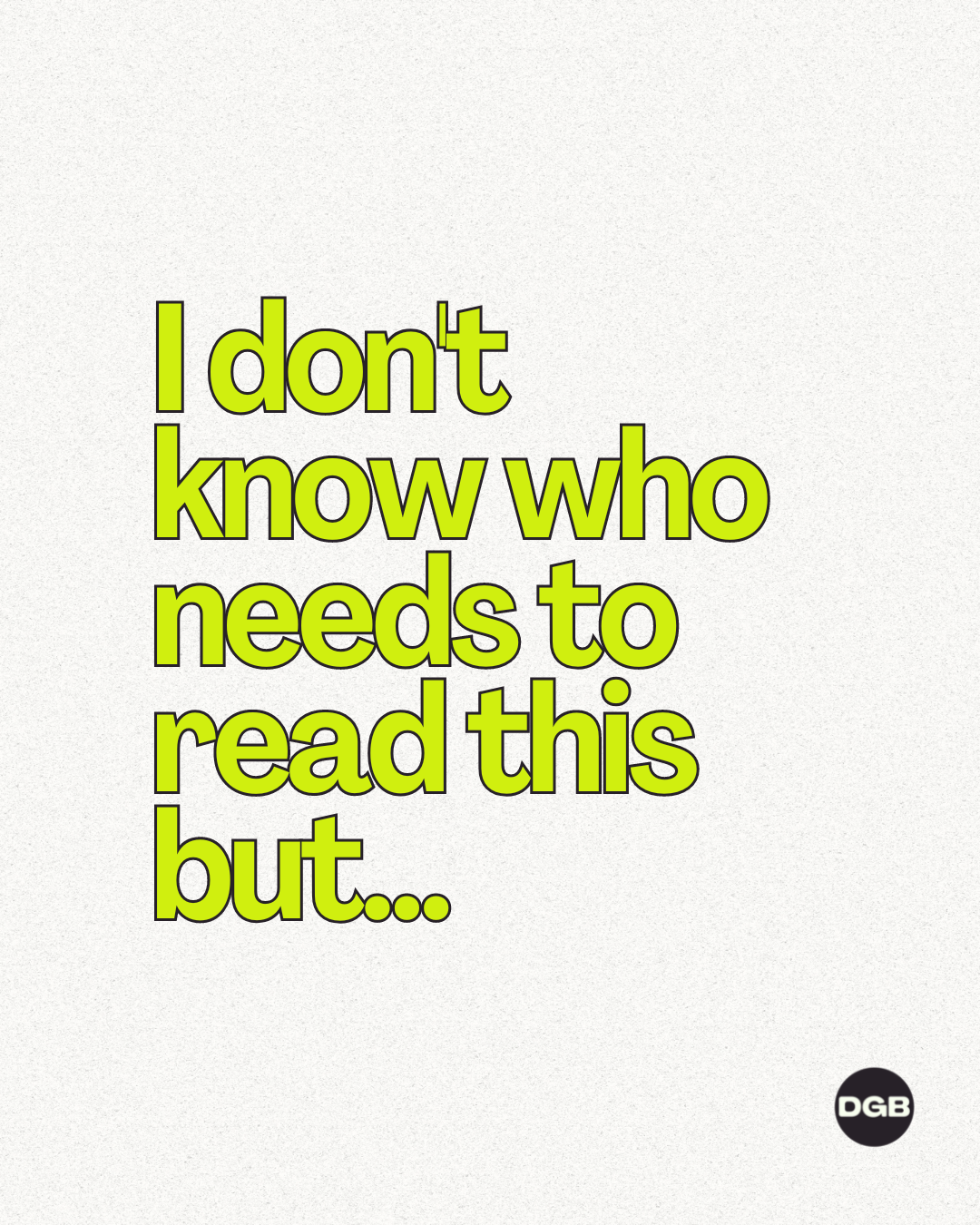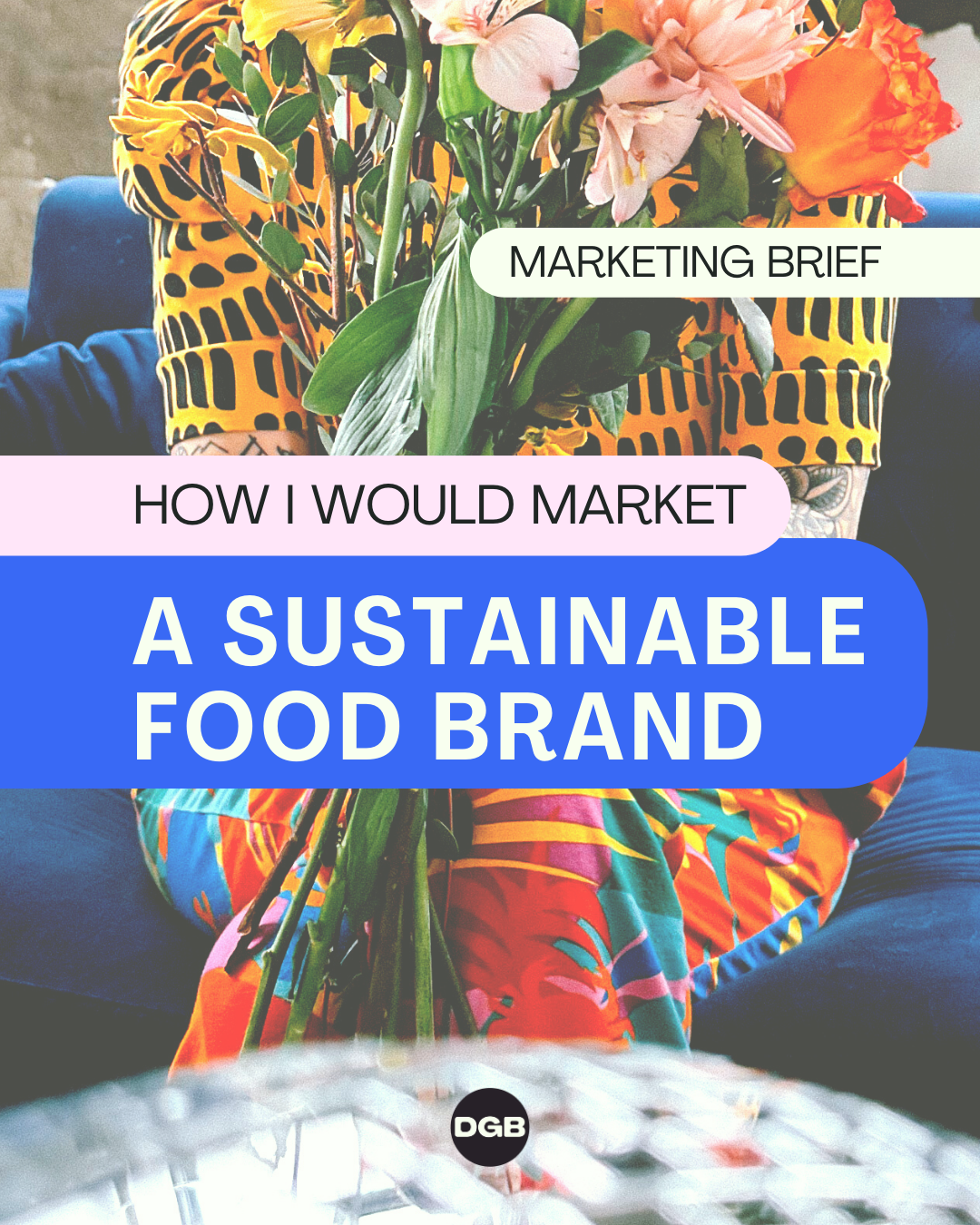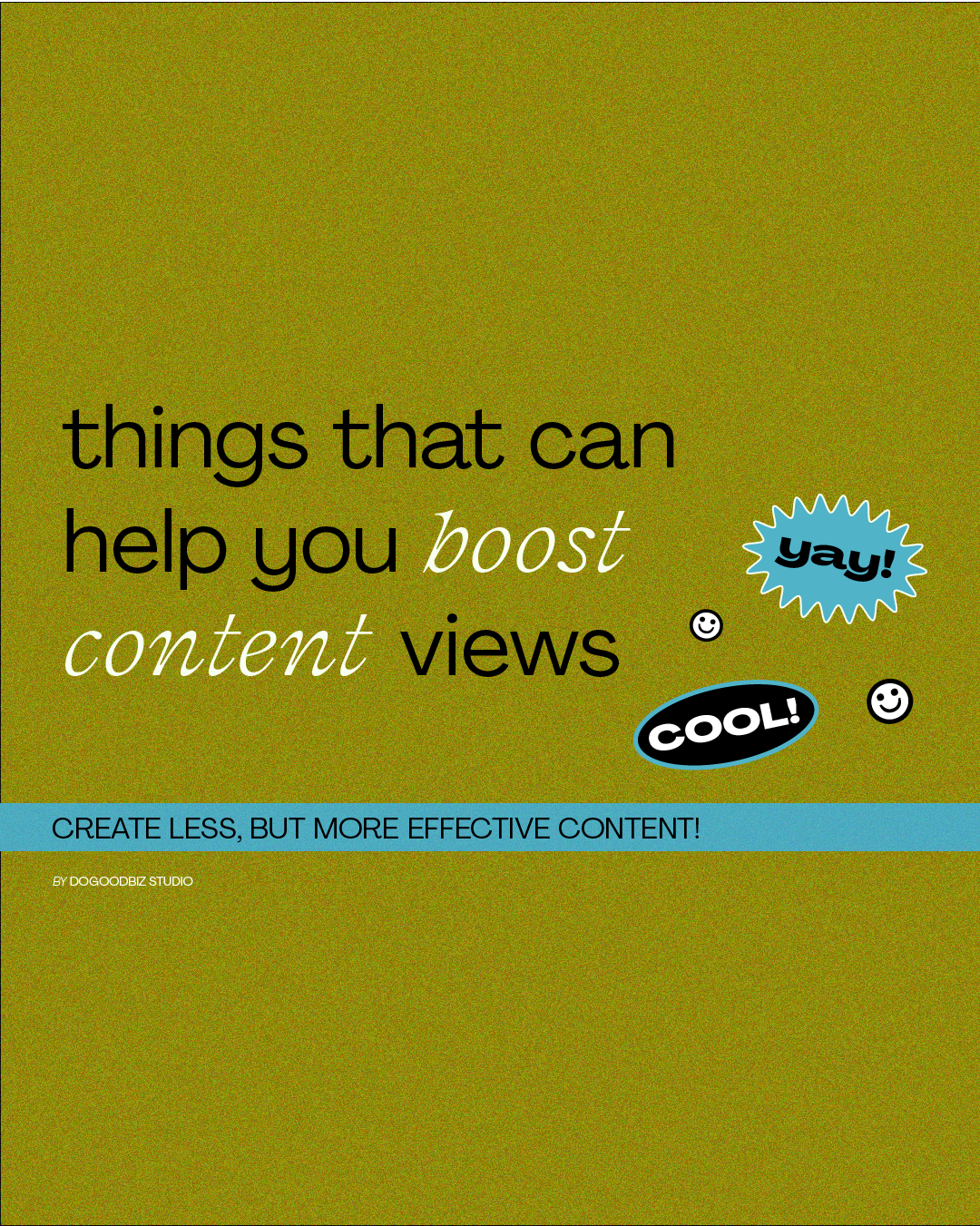Write For The Web: How To Write Captivating Content For Your Online Brand
Much like content design, there is also a bit of an art to content writing. I really enjoy writing content. From blogs and website copy to Instagram posts and keyword sensitive Pinterest descriptions…this is stuff I do weekly with joy. I never really thought about content writing as an art form until I started getting more involved in the science of it all.
It may sound sort of weird to be using the words Art and Science in the same paragraph… but if there is one thing that Art School drilled into my mind is that the process of creating a piece of art does involve many steps that are similarly involved in scientific studies.
The word Science means: the systematic study of the structure and behavior of the physical and natural world through observation, experimentation, and the testing of theories against the evidence obtained.
When creating content, whether it's designing a graphical asset or writing copy to accompany it… well, there is a formula and pattern to it. When we observe the process of designing or writing something, we can typically find a process within it.
For example, through experimentation, you may discover your own hip way in which you design graphics for your social media. The process is the science-y part of your creative workflow, and the designing itself as well as the finished product is the art you reveal through said process. Pretty cool, right?
Within this article i'm going to share the science-y process for writing content. This process can be applied toward whatever type of content you're writing for, whether it be a long-form piece of content like a blog or newsletter or a short form piece of content like an Instagram post. Let’s dive in!
HOOKS: What they are and how to write them
The INTRO!
The first part of any piece of content you write is the intro. Typically, this is where your Hook comes in.
A Hook is a statement that attracts attention, inspires engagement, and encourages folks to keep reading.
Usually, the Hook is the very first sentence in a piece of content, potentially even the Title of the content itself if, say, you're writing a blog. You have mere seconds to grab attention when you publish a piece of content…and Hooks are what grab said attention.
Tips to consider when establishing and writing your Hooks:
Identify the obstacle you're addressing in the piece of content and helping to solve.
Ask questions about the specific obstacle you are addressing; questions that you know other folks in your target audience are also asking!
Play with lists - Such as “5 ways to” or “3 reasons why…”
Solve the obstacle you are addressing right at the start
Play with text overlay - being mindful of sizing of your copy and placement of your copy when placing your hooks on graphics (see above examples).
Get right to the point and write with your erasure (remove words that aren't necessary!)
Test and tweak your Hooks (they won't all work - so notice which ones are more effective than others and play with those specific styles).
Your Hooks should make up the first 125 characters of a piece of content, so keep them precise and PUNCHY!
Be a cliff hanger 🧗♀️
Show the receipts and stats upfront 🧾 (people love surprising numbers!)
Study what other people are doing! Research, observe, experiment. Remember, this is SCIENCE just as much as an ART form!
Get creative and show your personality. Typically, it's the Hooks where i'm being spicy and sarcastic that do the best for me 😆 .
CAPTIONS: What they are and how to write them
The BODY!
The second part of any piece of content you write is the body. This is where the “guts” of your piece of content reside. Pretty much any type of content we publish has a caption.
Depending on what type of media you are creating, the body of the piece of content will have it's own unique formula that helps create the most optimal structure for your target audience's reading pleasure 😉 . For an example, writing the body of a Blog Article will look much differently than writing the body of a Pinterest Pin.
During this stage of content writing, it is incredibly important to consider what platform you are writing for and what works best for that platform.
A Caption accompanies a type of media. It details and provides more information on the topic of the content.
A caption should encourage engagement and a reason for folks to keep reading.
Tips to make your captions more captivating…
Tell a story - Beginning, middle, end!
Expand on the Hook topic
Talk WITH your readers, not at them. I love using “We” instead of “I” when I write as it feels more inclusive and easier to connect with.
Add more value in this section - and bullet it out for easy reading!
Keep sentences short and paragraphs small so people can scan.
Ask questions within the body to encourage engagement
Be relatable!
CTAs: What they are and how to write them
The CLOSE!
The final part of any piece of content you write is the closing. This is often referred to as the CTA or Call To Action.
CTA's are action inspirers and drivers. They can help you drive conversions. Keep in mind that not all conversions are about getting someone to buy something from you. Some of the BEST usages of CTA's are one that convert into comments and shares! These types of CTA's build relationships and create community connection.
A CTA inspires readers to do something once they have finished consuming your content.
Therefore, you need to consider what the POINT is of each and every piece of content you create! Are you trying to get folks to comment? Share? Save? Click a link? Register for something? Purchase a product? DM you? Define the purpose of your content and that will help you determine your CTA usage.
A few tips on writing CTA's:
You can use more than one CTA in a piece of content - but don't overuse them and also don't confuse folks by giving them too many options!
Keep your multi-use CTA's focused on the main purpose of the content.
A Primary CTA typically lands in the middle of the body of your content, and is an opportune time to place an engagement evoking CTA like a question.
A Secondary CTA lands at the end of your piece of content, and is an opportune time to close out the content by calling the reader to take the next step you want them to take.
And there you have it! A breakdown of the super scientific process for writing content! 😛 I hope this article helps you gain a better understanding of the parts to writing content for your brand or small business. Feel like you could use some support in the content writing department? Check out our services here.
Receive micro-bites of value like what’s found in this article directly to your email inbox each week with the DoGoodBiz Newsletter! Join our email list here.
Until next time…
Natalie Brite - DoGoodBiz Studio








